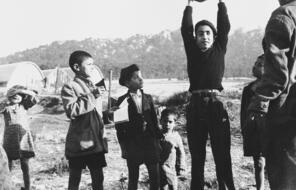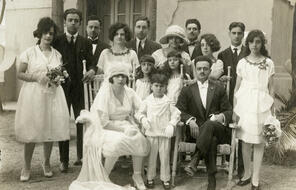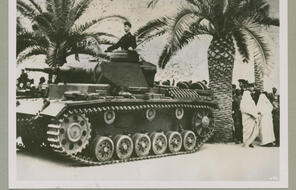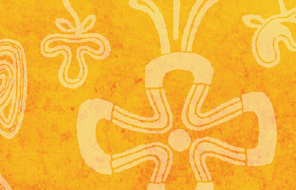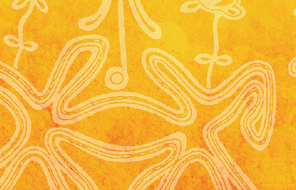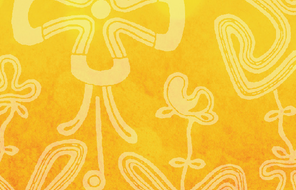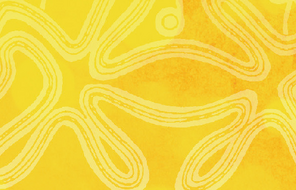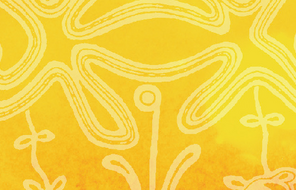The Japanese Press
At a Glance
Language
English — USSubject
- History
- Culture & Identity
- Genocide
The Japanese press reported on the movement and activities of the Imperial soldiers as they approached the capital city. One incident, published in December 1937 in both the Japanese and English language press, became known as “the 100-man killing contest.” The story of the contest involved two Japanese sublieutenants, Toshiaki Mukai and Tsuyoshi Noda. Allegedly the two soldiers were engaged in a contest to be the first to kill 100 Chinese men with their military swords as they approached Nanjing. 1
By the end of November, and just two kilometers from the city, it was reported that neither had reached 100, so, with the permission of their superior officer, the contest continued.
[7 December 1937.] Sublieutenant Toshiaki Mukai and Sublieutenant Takeshi [Tsuyoshi] Noda, both of the Katagiri unit at Kuyung, in a friendly contest to see which of them will first fell 100 Chinese in individual sword combat before the Japanese forces completely occupy Nanking, are well in the final phase of their race, running almost neck to neck. On Sunday when their unit was fighting outside Kuyung, the “score,” according to the Ashai, was Mukai 89, Noda 78. [14 December 1937.] The winner of the competition between Sublieutenants Toshiaki Mukai and Iwao [Tsuyoshi] oda to see who would be the first to kill 100 Chinese with his Yamato sword has not been decided, the Nichinichi reports from the slopes of Purple Mountain, outside Nanking. 2
Mukai has a score of 106 and his rival has dispatched 105 men, but the two have found it impossible to determine which passed the 100 mark first. Instead of settling it with a discussion, they are going to extend the goal by fifty. Mukai’s blade was slightly damaged in the competition. He explained that this was the result of cutting a Chinese in half, helmet and all. The contest was “fun,” he declared, and he thought it a good thing that both men had gone over the 100 mark without knowing that the other had done so. Early Saturday morning, when the Nichinichi man interviewed the sublieutenant at a point overlooking Dr. Sun Yat-sen’s tomb, another Japanese unit set fire to the slopes of Purple Mountain in an attempt to drive out the Chinese troops. The action also smoked out Mukai and his unit, and the men stood idly by while bullets passed overhead. “Not a shot hits me while I am holding this sword on my shoulder,” he explained confidently. 3
Historians continue to debate the veracity of the actual contest and the culpability of the two soldiers based upon the evidence collected. 4 However, questioning evidence surrounding the contest does not dismiss the fact that the story of the contest heightened popular awareness in Japan and, according to historian Bob Tadashi Wakabayashi, “forced postwar Japanese to confront their collective past as butchers, not just as victims, in a war of aggression that began a decade before Pearl Harbor. For such reasons, the debate warrants close examination.” 5 After the war, during their trial for war crimes, neither Mukai nor Noda publicly denied participating in the contest. Nor did the journalists recant their story or claim their facts were fabricated. In fact, Mukai was known to brag about his exploits upon his return to Japan in order to get “a better wife.” 6
- 1 Bob Tadashi Wakabayashi, “The Nanking 100-Man Killing Contest Debate, 1971–1975,” in The Nanking Atrocity 1937–38: Complicating the Picture (New York: Berghahn Books, 2007), 117.
- 2The Nichinichi (or Tokyo Nichi Nichi Shimbun) was a newspaper printed in Tokyo from 1872 to 1943.
- 3Harold J. Timperly, What War Means: The Japanese Terror in China (London: Victor Gollancz, 1938), 284–85, quoted in Bob Tadashi Wakabayashi, “The Nanking 100-Man Killing Contest Debate, 1971–1975,” in The Nanking Atrocity 1937–38: Complicating the Picture (New York: Berghahn Books, 2007), 117–18.
- 4 Wakabayashi, The Nanking Atrocity, 142; see also Suzuki Chieko, “The Hundred Head Contest: Reassessing the Nanjing Massacre,” trans. James Orr, Shukan Kinyobi 488 (December 12, 2003): 50–51, accessed March 1, 2014.
- 5 Wakabayashi, The Nanking Atrocity, 117.
- 6Ibid., 133. Wakabayashi also notes that writer Shichihei Yamamoto reminds readers to place Mukai’s “seemingly despicable conduct in its proper context—the abnormal state of mind produced by brutalization in the imperial army. . . . Owing to extreme physical and psychological abuse over time, all Japanese soldiers exhibited mental imbalance in varying degrees; and bragging was one way to preserve sanity. Only the infantry counted as ‘real men’ in the army.”
How to Cite This Reading
Facing History & Ourselves, " The Japanese Press," last updated November 30, 2018.



